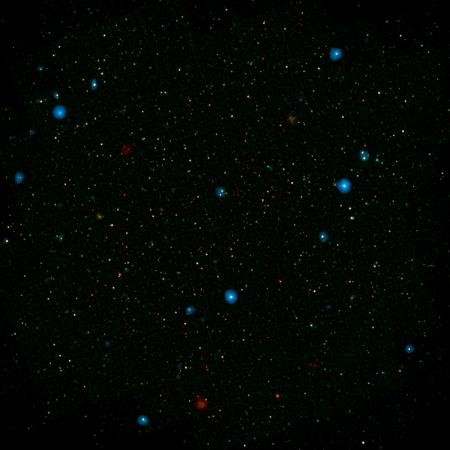Black holes are mysterious, colossal cosmic objects in our universe that can devour stellar gas, dust, planetary objects, and even light and sound due to their powerful gravitational forces. They also emit powerful X-ray bursts known as a cosmic X-ray background that can be described as X-ray "songs" by a choir of a million supermassive black holes.
Astrophysicists already know about this cosmic choir however, identifying the source has been very challenging and very elusive.
In a new study, NASA's NuSTAR (Nuclear Spectroscopic Telescope Array) X-ray space telescope has gathered new data about these black holes that are emitting high energy X-rays, which has proven to be a crucial step in solving the mystery of the cosmic X-ray background.
According to lead author of the study, Fiona Harrison who is also the principal investigator of NuSTAR at California Institute of Technology, before NuSTAR was launched, this X-ray background was just a blurry set of high energies with unknown sources. Now, we have resolved these sources from two percent to 35 percent of the X-ray background. This means that we can now see obscured black holes initially hiding from thick gases and dust.
According to co-author of the study, NuSTAR project scientist Daniel Stern of NASA's Jet Propulsion Laboratory, this cosmic choir possesses a powerful high pitched component, however we still do not know if it originates from smaller more quiet sources or a few yet louder black holes.
Why do black holes emit super powerful X-rays? When the stellar gas and dust swirling around them get heated up, they can travel into high speeds, with velocities similar to the speed of light. Those black holes that are located in the core of galaxies like the Milky Way can also emit more high energy X-rays across deep space, than those distant, lonely black holes in the edges of the universe.
Now, scientists hope that these new observations can provide crucial insight about how these black holes feed and grow and how supermassive black holes evolve within thousands of years to millions.



























